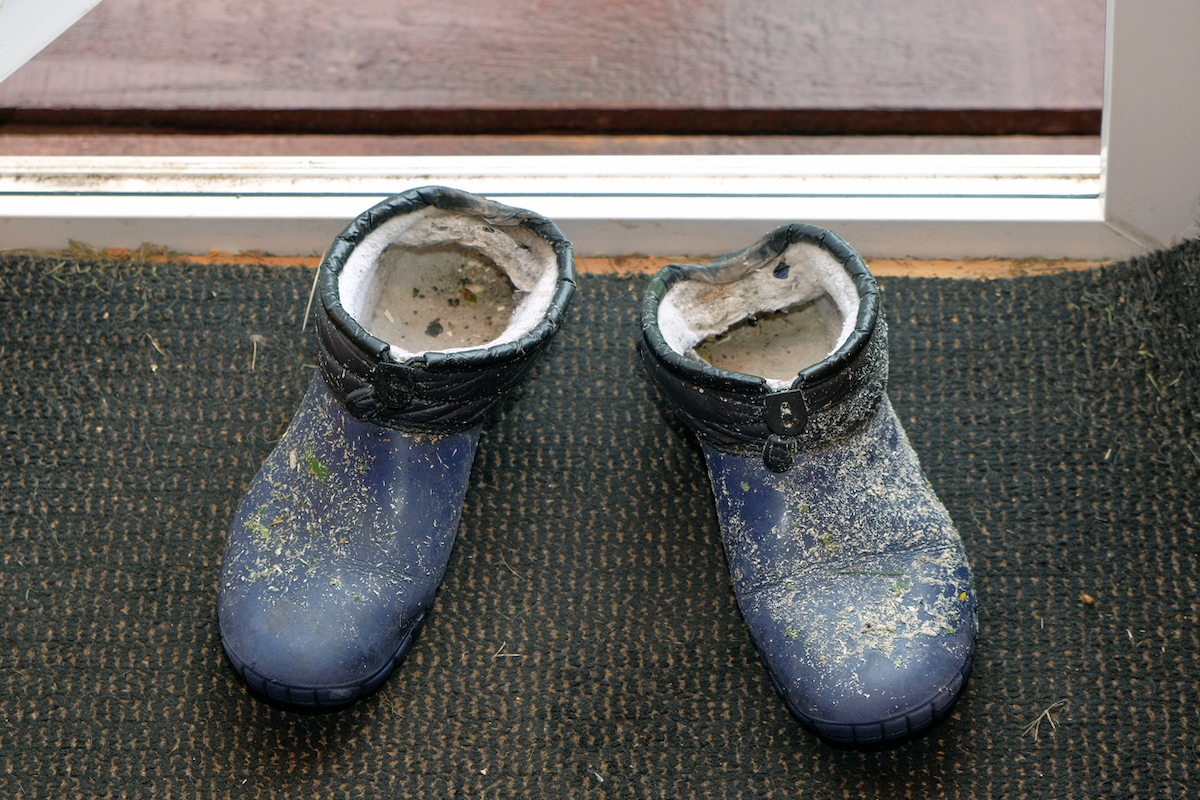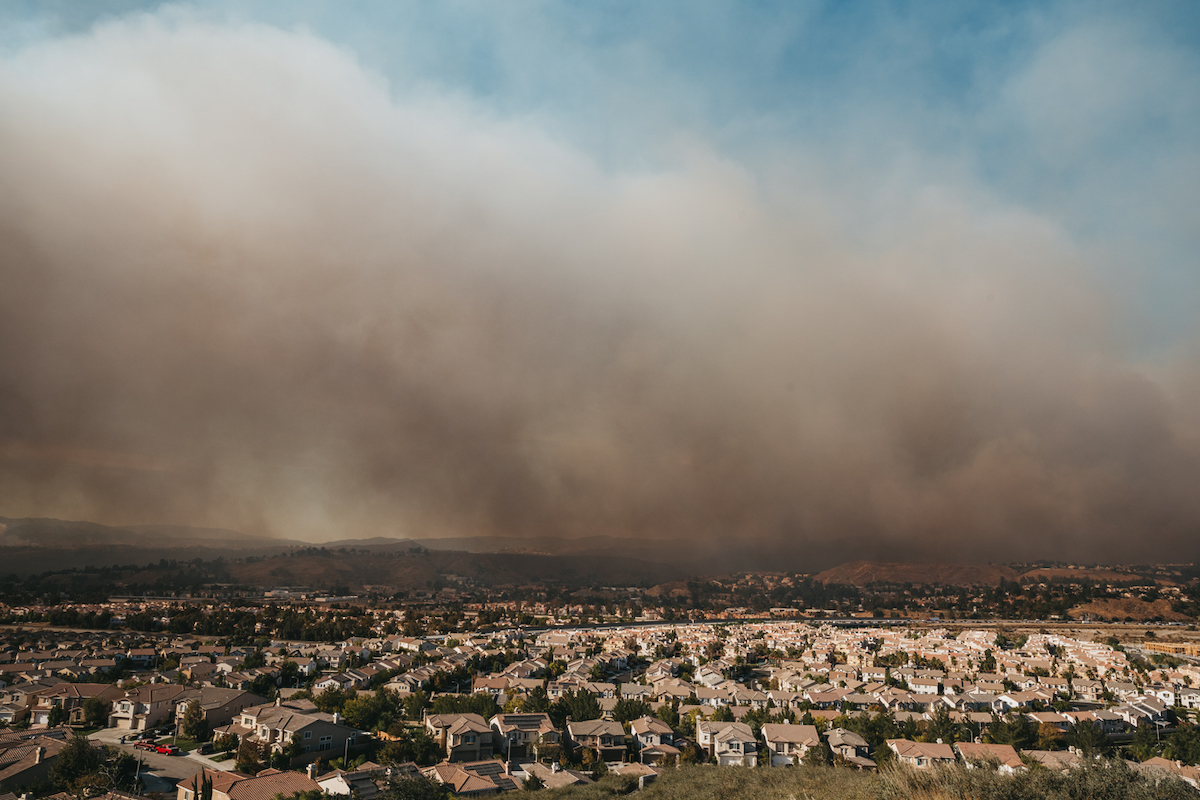We may earn revenue from the products available on this page and participate in affiliate programs. Learn More ›
Wildfire smoke can lead to dangerous air quality both outdoors and indoors, as millions of Americans are learning this week: Canadian wildfire smoke is affecting large swaths of the U.S., with New York City surpassing areas of Pakistan and China as having worst air quality in the world. Even if your home is not in the immediate vicinity of a fire, smoke can cause symptoms such as shortness of breath, asthma attacks, and chest pain. The Environmental Protection Agency (EPA) has shared the importance of taking steps to minimize the amount of wildfire smoke that enters your home. Read on to learn what you can do to protect your family’s health.
1. Run a portable air purifier.
If you live in an area that is threatened by wildfires, you may want to consider purchasing a portable air cleaner. Portable air cleaners, commonly referred to as air purifiers, can take pollutants out of your indoor air, making it easier to breathe. Medify Air’s MA-40 air purifier has HEPA13 filtration and was the top pick in our researched guide to the best air purifiers for wildfire smoke. The Levoit Smart True HEPA Air Purifier, which has HEPA 13 filtration and can be controlled via Alexa or Google Assistant, is another standout option.
Before purchasing an air purifier, determine the square footage of the room(s) in your house where it will be used. You need to make sure that the unit you purchase is large enough to clean the air in the room where you intend to use it. Additionally, you should confirm that the model you purchase does not make ozone.
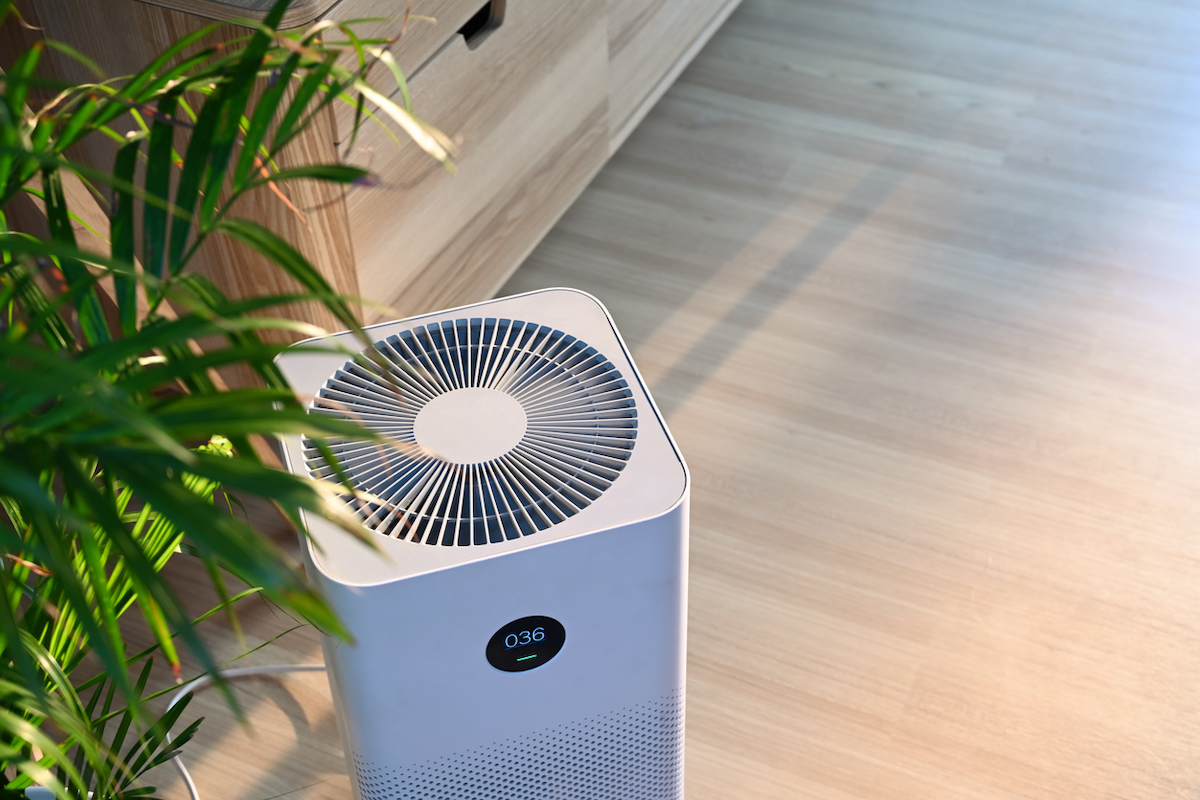
RELATED: How to Test Air Quality in Your Home
2. Use a high-efficiency HVAC filter.
Instead of, or in addition to, purchasing a portable air purifier, you can also consider getting a high-efficiency HVAC filter to use with your heating and cooling system. High-efficiency filters can remove more pollutants from the air that your HVAC system circulates through your house, functioning as a smoke smell remover.
When choosing a filter, look for one with a MERV rating of 13 (as long as your HVAC system is able to handle this type of filter—something you may need to confirm with an HVAC professional). MERV 13 filters are able to remove more wildfire smoke from the air than filters with a lower rating.
3. Close all of your home’s windows and doors.
When there is wildfire smoke in the outdoor air around your home, you want to prevent as much smoke from entering the house as possible. Keeping the windows and doors closed is very important. Limit trips in and out of the house to minimize the opportunity for smoke to enter.
RELATED: How to Protect Your Property From Wildfires
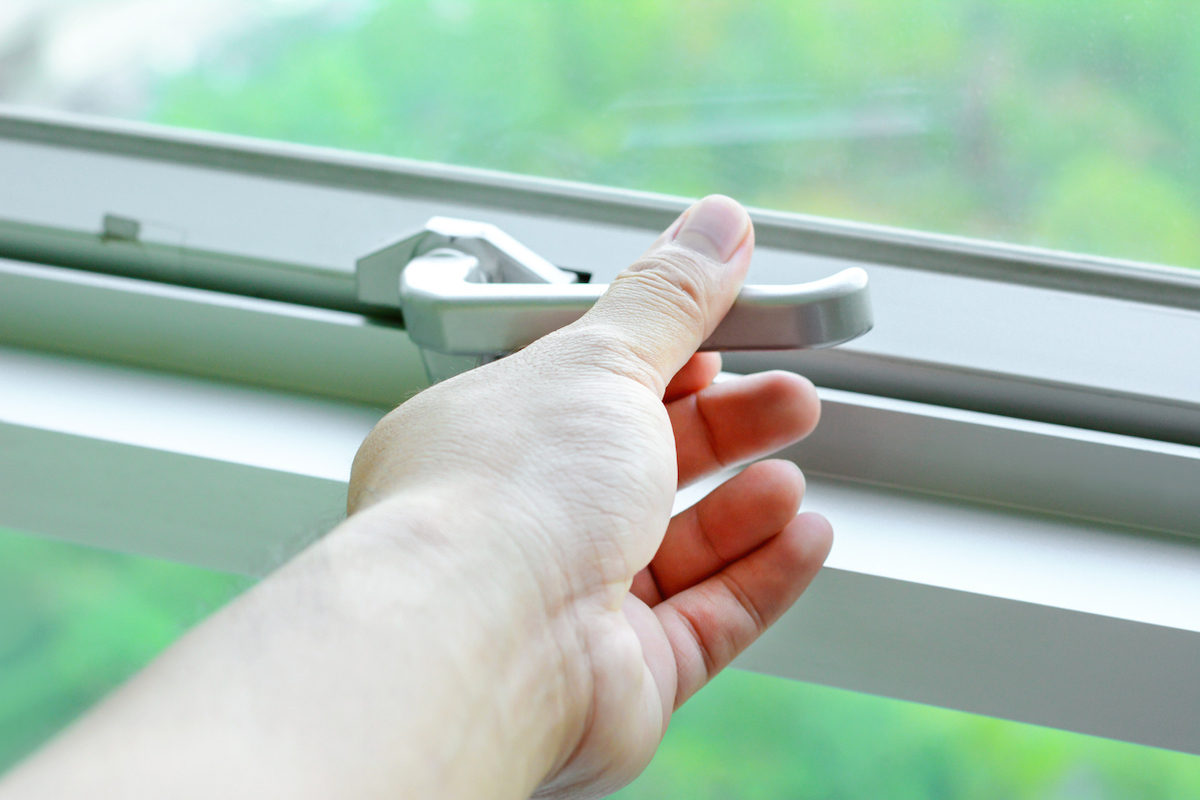
4. Turn off the fresh air intake setting on your HVAC system.
Many HVAC systems are set to pull fresh air from the outdoors inside. While this can be a nice feature on a clear day, it is the last thing you want when there is wildfire smoke outside your home. Turn off the air intake feature or adjust your system settings to recirculate the air inside the home. For some HVAC systems, you may need to find the outdoor fresh air intake damper and manually close it.
5. Run the fan on HVAC systems with high-efficiency filters.
If you upgraded your HVAC filter before fire season and have a high-efficiency MERV 13 (or similar) filter, running the fan on your HVAC system can help remove more smoke particulates from the air. When indoor air quality is especially bad, run the fan frequently to get rid of more smoke and help individuals in the home to breathe more easily.
RELATED: The Best Air Quality Monitors to Keep Your Home Safe
6. Do not use evaporative coolers.
Evaporative coolers, also called swamp coolers, should not be used when wildfire smoke is a threat. Evaporative coolers pull outside air into a home, meaning they could increase the amount of smoke in the house. Turning off the evaporative cooler when it’s really hot outside, of course, can be dangerous as temperatures rise inside the home, particularly if you have no other means to cool down the space. You may have to evacuate to stay somewhere else, but it is important to only run an evaporative cooler when the outdoor air quality has improved.
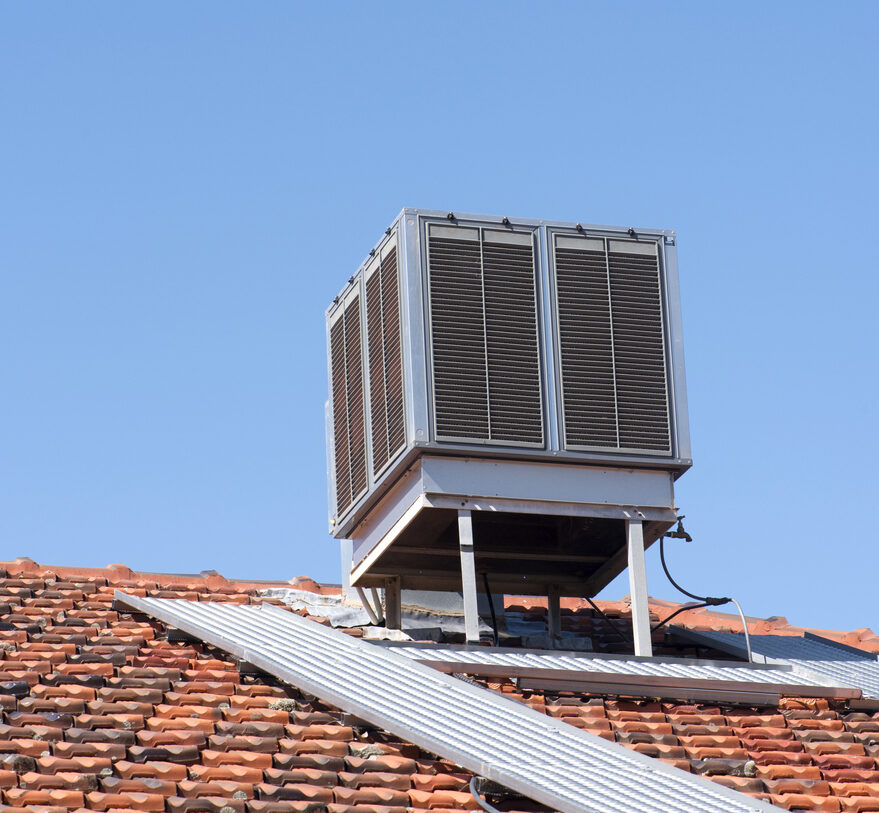
7. Do not use portable air conditioners with a single hose.
When there’s wildfire smoke in the air outside, it is not a good idea to use portable air conditioners with a single hose vented outdoors. Smoke could get back into the house through the hose. Air conditioners with two hoses can also pose a potential risk; if you use one of these types of air conditioners to cool your home, take care to inspect the seal between the window and the vent kit to ensure that it is tight.
RELATED: The Best Portable Air Conditioners for Keeping Cool, Tested and Reviewed
8. Don’t bring outdoor ash indoors.
If your home is near the site of a wildfire, you may have to clean up the ash that is left behind after the fire has stopped burning. Just because the fire is no longer burning, however, it doesn’t mean that you are in the clear. Burned ash or other debris can still pose a risk to your health and your home’s indoor air quality if they’re able to get inside.
When cleaning up ash, cover your body with long pants, long shirts, socks and closed-toe shoes, and gloves to protect your skin. You should also wear an N95 respirator to prevent ash from getting into your lungs. Before leaving the cleanup site, remove the ash-covered clothing so you do not bring ash into your home (or car).
9. Use doormats and wash them frequently.
Having a doormat outside each entrance to your home can limit the amount of ash that gets inside. Stomp your feet thoroughly before entering to remove as much ash as you can. Doormats should also be cleaned regularly to remove any lingering particles. Even when using a doormat, it is still a good idea to remove your shoes when you enter the house, as there will still be some ash particulates on your shoes.
